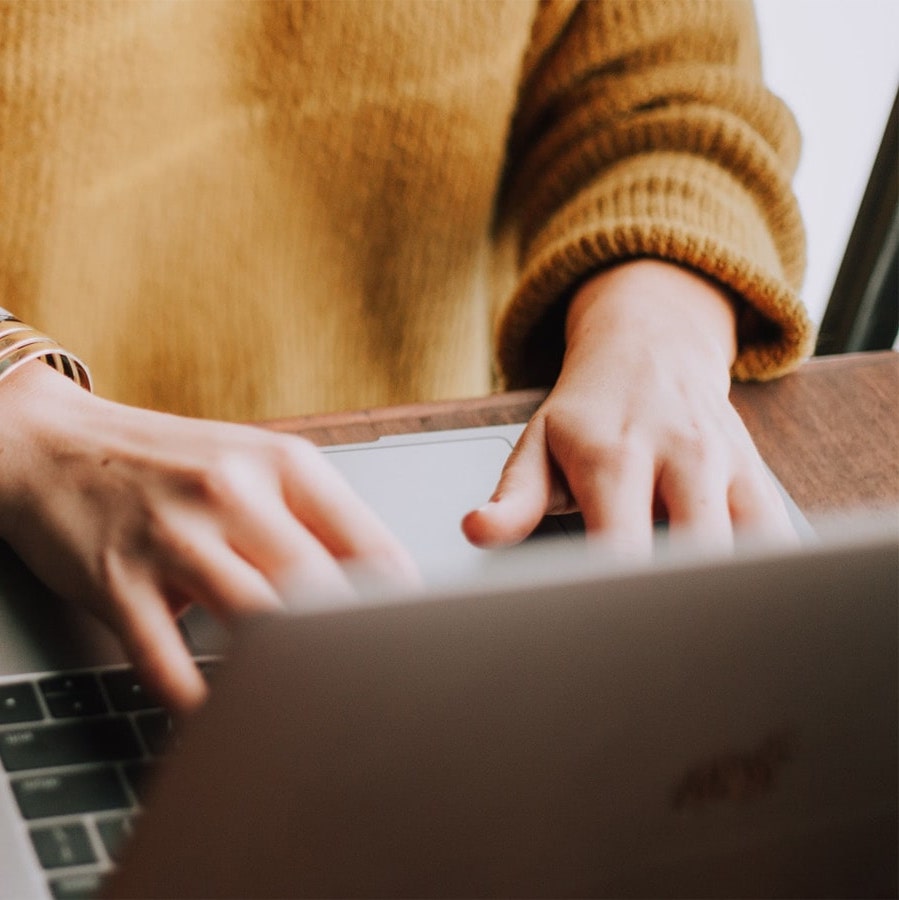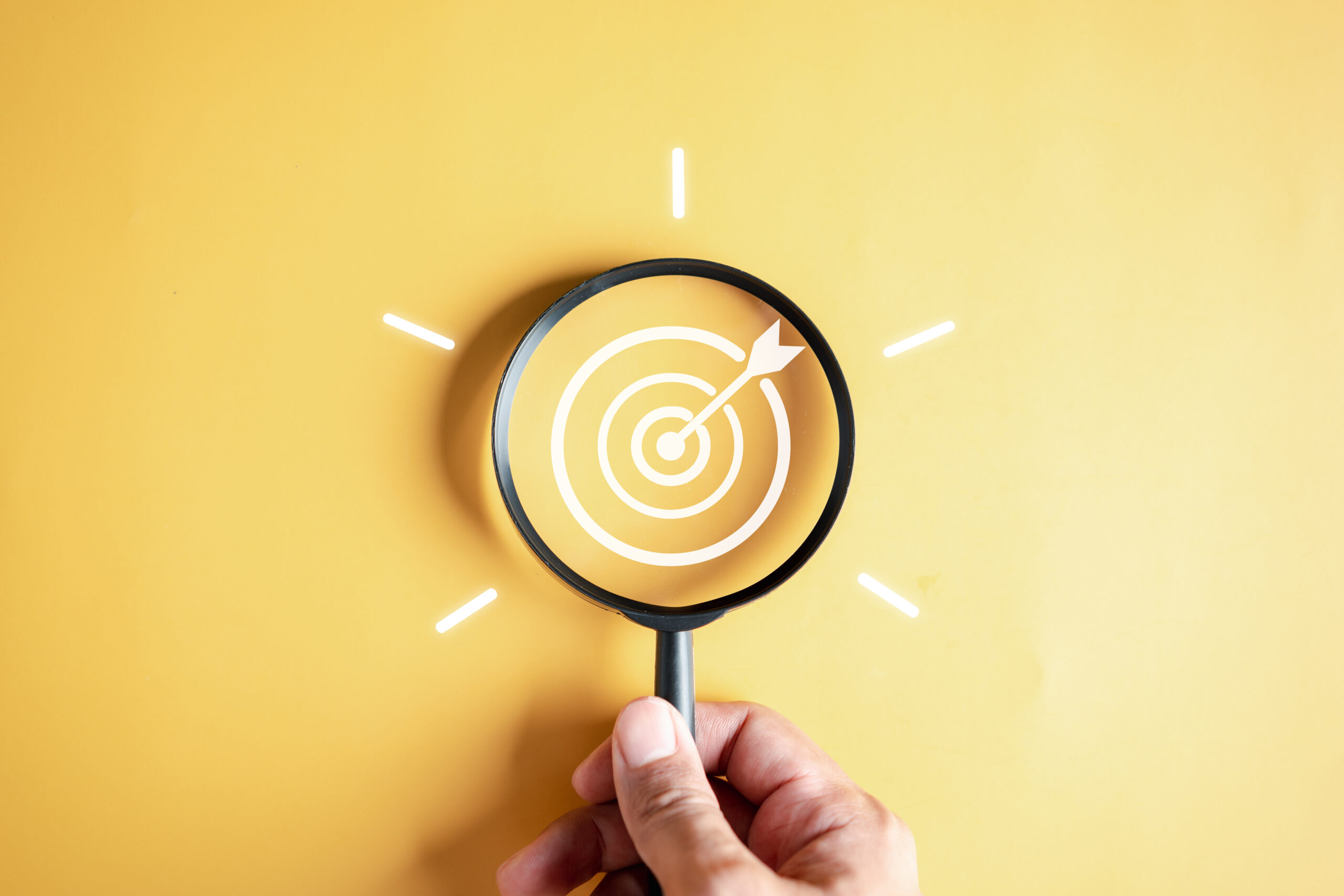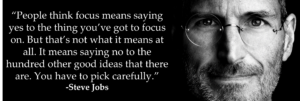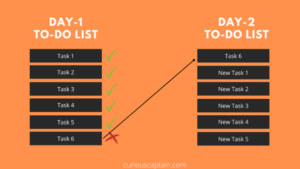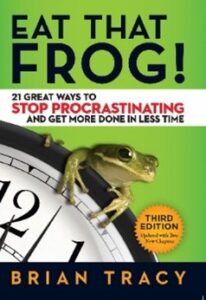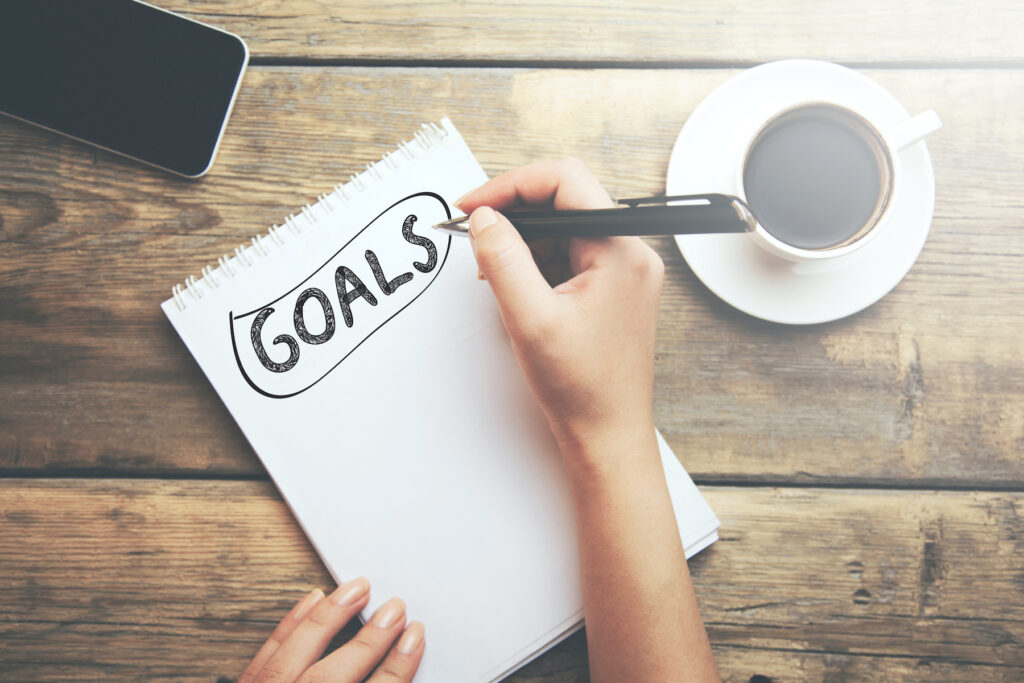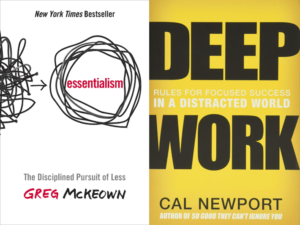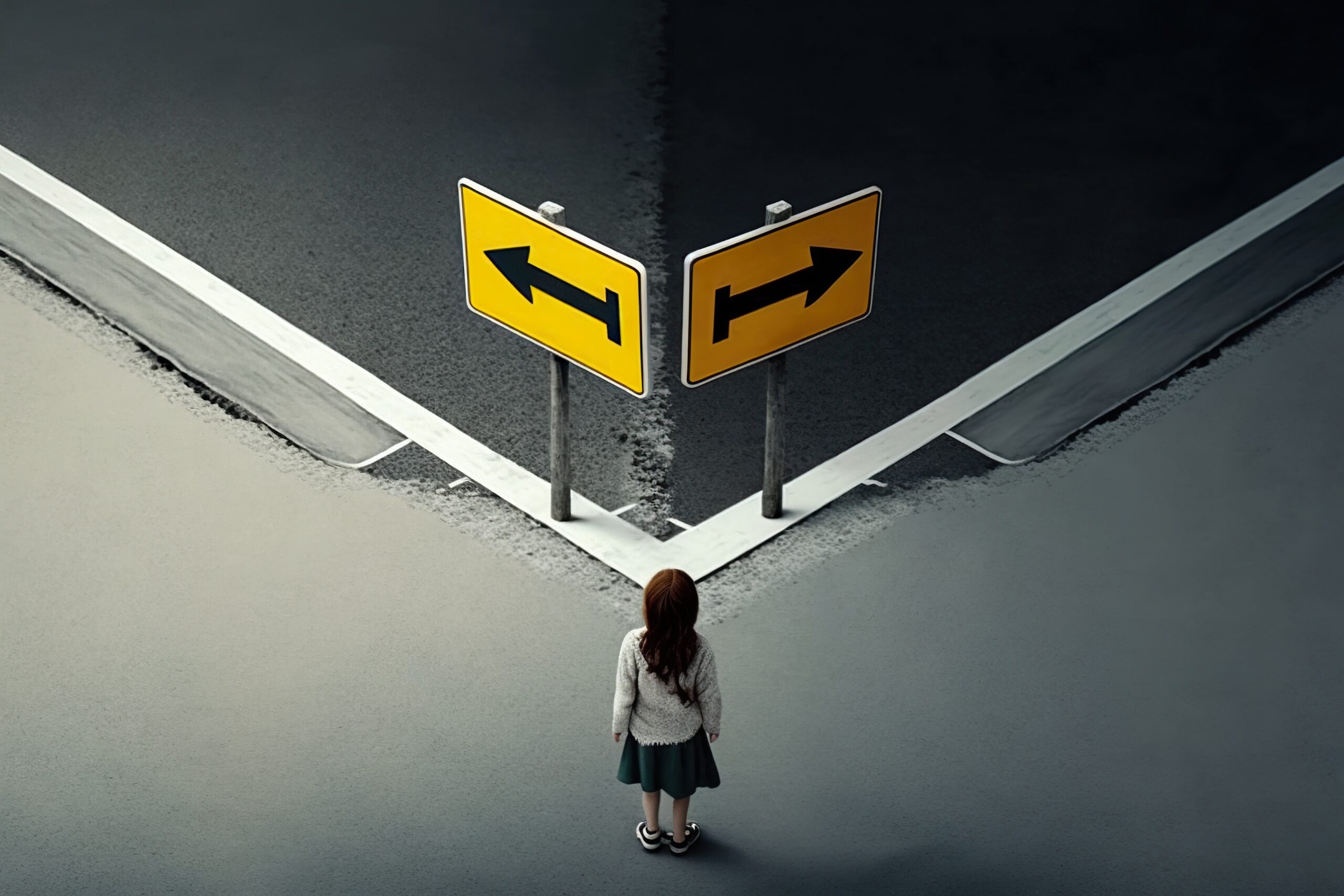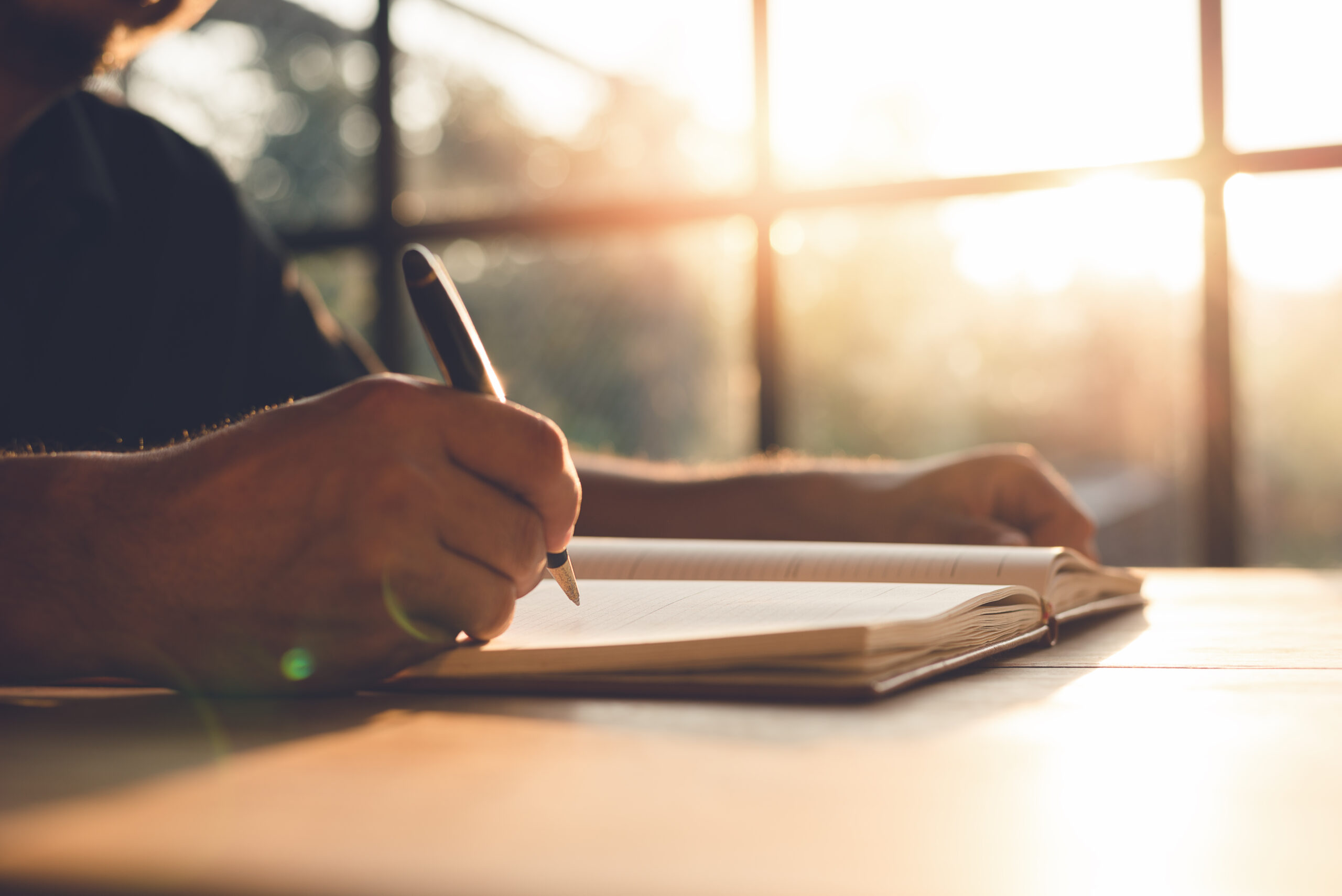Do things feel heavy and dense in your life right now?
Maybe you’re stressed out about a challenge at work, or a problem at home that’s got you off balance. Perhaps you lost your job, or lost a big account at the office. Maybe you’re struggling financially, or have health concerns in your family. Perhaps your team is struggling with performance and motivation.
It may feel like the world is closing in. In those moments, it’s hard to maintain perspective.
The Problem with Lacking Perspective
Feeling that way is understandable, but losing perspective can be a big problem—and even make things worse. How?
When you’re stressed, you tend to view things through negative filter, causing angst, resentment, and pessimism. And when you lack perspective you have a hard time determining the relative importance of things. (See my article, “How to Stop Catastrophizing—Managing Our Minds.”) That can cause you to let things get out of whack, leading to new problems down the road.
20 Benefits of Having Perspective
When you can put things in perspective, it means you can think about them in a reasonable and sensible way without making them better or worse than they are. Doing so has many benefits. For example, keeping things in perspective helps you:
- assess the importance of things in their broader context
- focus on what matters most
- understand situations and other people’s viewpoints
- keep anxiety and worries in check
- understand things more clearly and accurately, thereby reducing mistakes
- view things from different angles
- see both positives and negatives
- react intentionally and constructively instead of impulsively
- maintain your objectivity
- develop empathy and compassion for people instead of judging them
- avoid unnecessary conflicts
- improve your relationships
- forgive people instead of holding onto counterproductive grudges
- learn from experience
- discover new ways to view your problems
- develop your resilience
- grow as a person and leader, in part by seeing how you can transcend your current limitations
- appreciate what you have
- live intentionally and according to your core values and vision of the good life
- maintain your happiness and wellbeing
The Importance of Perspective for Leaders
Maintaining perspective is also important for leaders, in part because they face so many challenges.
Part of the job of a leader is finding problems in and discovering ways to get them solved. Encountering problems can feel overwhelming if you don’t have the ability to rise above them and see the big picture.
“One of the things leaders have to be good at is perspective. Leaders don’t necessarily have to invent ideas,
but they have to be able to put them in context and add perspective.”
-John Sculley, businessman, entrepreneur, and investor
Adaptive leadership is a modern leadership framework focused on how leaders can prepare and encourage people to deal with changing environments that are beyond the technical capacity of people to solve with straightforward solutions or the normal way of doing things.
Instead of trying to be the hero and solve everything, adaptive leaders motivate the people in the organization to face their difficult situations and adapt to the challenges they face together. They recognize, as Harvard leadership scholar Ronald Heifetz says, that “The work is through the people.”
One of the keys for leaders, according to Heifetz, is for them to “get on the balcony.” He explains:
“To diagnose a system or yourself while in the midst of action requires the ability to achieve some distance from those on-the-ground events. We use the metaphor of ‘getting on the balcony’ above the ‘dance floor’ to depict what it means to gain the distanced perspective you need to see what is really happening.”
-Ron Heifetz, The Practice of Adaptive Leadership
The idea is for leaders to maintain both sharp focus and broad comprehension at the same time. This will help them understand the situation, the challenges, and the people. Meanwhile, leaders must reframe their view of conflict, seeing it not as a problem to be avoided but rather as an opportunity for learning, growth, and advancement. Doing so requires perspective.
How to Maintain Perspective
How can you maintain perspective when it feels like things are spinning out of control? Here are 12 ways to do so:
1. Read. One of the best ways to develop and maintain perspective is to read a lot, including classics of philosophy and literature as well as religious or spiritual texts.
2. Project forward. Think ahead five or ten years and imagine looking back on your current situation. That can help you see it in the larger sweep of your life so you don’t blow it out of proportion.
3. Talk things through. Lean on family, trusted friends, colleagues, a mentor, or a small group. That way, you can connect with others about what’s going on and hear their views on things. You’re also wise to talk to people from different vantage points (e.g., age, gender, culture, circumstances, history).
4. Distance yourself from the situation. You can do that conceptually, by looking at it from another person’s perspective (e.g., if you’re struggling financially, consider your challenges from the vantage point of someone with far fewer resources than you). Or you can do it physically, by changing your scenery. Often, removing yourself from the situation helps in ways big and small.
5. Do a reality check. Keep in mind that bad things happen to all of us, and that’s okay. It’s the nature of life. Be clear about what you can and can’t control.
6. Recall your capabilities. Think of times when you’ve overcome challenges in the past. Why shouldn’t this time be any different?
7. Start working on solutions instead of worrying so much about problems. With small but steady steps, you’ll start to see that your problems are probably more manageable than you thought initially.
8. Get out into nature. Go on a hike. Get out on a lake or into a forest. Feel the sun on your face and breathe in the air while taking in the sights, sounds, and smells of our bustling world. Contemplate the vastness of the cosmos and observe the intricate mesh of nature and life with reverence and awe.
“They will forget the rush and strain of all the other weeks of the year, and for a short time at least, the days will be good for their bodies and good for their souls. Once more they will lay hold of the perspective that comes to those who every morning and every night can lift their eyes up to Mother Nature.”
-Theodore Roosevelt, conservationist, naturalist, and former U.S. president
9. Be grateful for what you have. Pausing to think of all the blessings in your life can help you avoid excess negativity and keep the positive things in your life front and center in your thoughts.
10. Meditate. With a meditation practice, you can train your mind to be more present, focused, and still, with a calm and clear awareness of the present moment. That can help you avoid anxious reactions to life’s vicissitudes.
11. Pray and attend religious services. Prayer can help you tune into a divine perspective. Attending religious services can connect you with ancient scriptures and teachings—and the importance of viewing life from a sacred perspective.
12. Contemplate your death. Engage in the ancient practice of memento mori, which is Latin for remembering that you will die. In many ways, death can be the ultimate purveyor of perspective. It can help you see trivial things for what they are. And it can help you face up to the fact that much of what you worry about isn’t so important after all.
Conclusion
Ultimately, when you maintain perspective you’re able to weather storms better and keep your focus on what’s most important. Getting good at having and keeping perspective will serve you very well in life and leadership.
Tools for You
- Traps Test (Common Traps of Living) to help you identify what’s getting in the way of your happiness and quality of life
- Strengths Search to help you identify your core strengths and determine how to use them more in your life and work
- Passion Probe to help you identify your top passions and start integrating them more into your life and work
Related Articles
- “How to Stop Catastrophizing—Managing Our Minds”
- “Are You Playing the Long Game?”
- “The Power of Reframing to Change Our Outlook“
- “Five Words that Changed Me as a Parent”
- “Why You Should Do an Annual Life Review–And How“
Related Books & Resources
- Marcus Aurelius, Meditations
- Clayton Christensen, How Will You Measure Your Life?
- Oliver Burkeman, Four Thousand Weeks: Time Management for Mortals
- Mitch Albom, Tuesdays with Morrie
- Bronnie Ware, The Top Five Regrets of the Dying
- Song: “The Long Run” by The Eagles
Postscript: Inspirations on Perspective
- “Plan with your whole life in mind.” -Aristotle, ancient Greek philosopher
- “Keep in mind how fast things pass by and are gone—those that are now, and those to come. Existence flows past us like a river…. Nothing is stable, not even what’s right here…. You could leave life right now. Let that determine what you do and say and think.” -Marcus Aurelius, Meditations
- “Things which matter most must never be at the mercy of things which matter least.” -Johann Wolfgang von Goethe, German poet, novelist, and scientist
- “It is a narrow mind which cannot look at a subject from various points of view.” -George Eliot, Middlemarch
- ”Some things are just plain more important than others; in fact, some things are so important—your life, your health, your family—that others are trivial by comparison.” -Stephen R. Covey, Primary Greatness: The 12 Levers of Success
- “As you look back on your life, you may realize that the things that mattered most were too often at the mercy of things that mattered least… that you were terrorized by the tyranny of urgency, and that you enjoyed very little creative freedom…. How different our lives are when we really know what is deeply important to us, and, keeping that picture in mind, we manage ourselves each day to be and to do what really matters most.” -Stephen R. Covey, The 7 Habits of Highly Effective People
“Look again at that dot. That’s here. That’s home. That’s us. On it everyone you love, everyone you know, everyone you ever heard of, every human being who ever was, lived out their lives. The aggregate of our joy and suffering, thousands of confident religions, ideologies, and economic doctrines, every hunter and forager, every hero and coward, every creator and destroyer of civilization, every king and peasant, every young couple in love, every mother and father, hopeful child, inventor and explorer, every teacher of morals, every corrupt politician, every ‘superstar,’ every ‘supreme leader,’ every saint and sinner in the history of our species lived there—on a mote of dust suspended in a sunbeam. The Earth is a very small stage in a vast cosmic arena.”
-Carl Sagan, Pale Blue Dot: A Vision of the Human Future in Space
+++++++++++++++++
Gregg Vanourek is a writer, teacher, and TEDx speaker on personal development and leadership. He is co-author of three books, including LIFE Entrepreneurs: Ordinary People Creating Extraordinary Lives (a manifesto for living with purpose and passion) and Triple Crown Leadership: Building Excellent, Ethical, and Enduring Organizations (a winner of the International Book Awards). Check out his Best Articles or get his monthly newsletter. If you found value in this article, please forward it to a friend. Every little bit helps!






